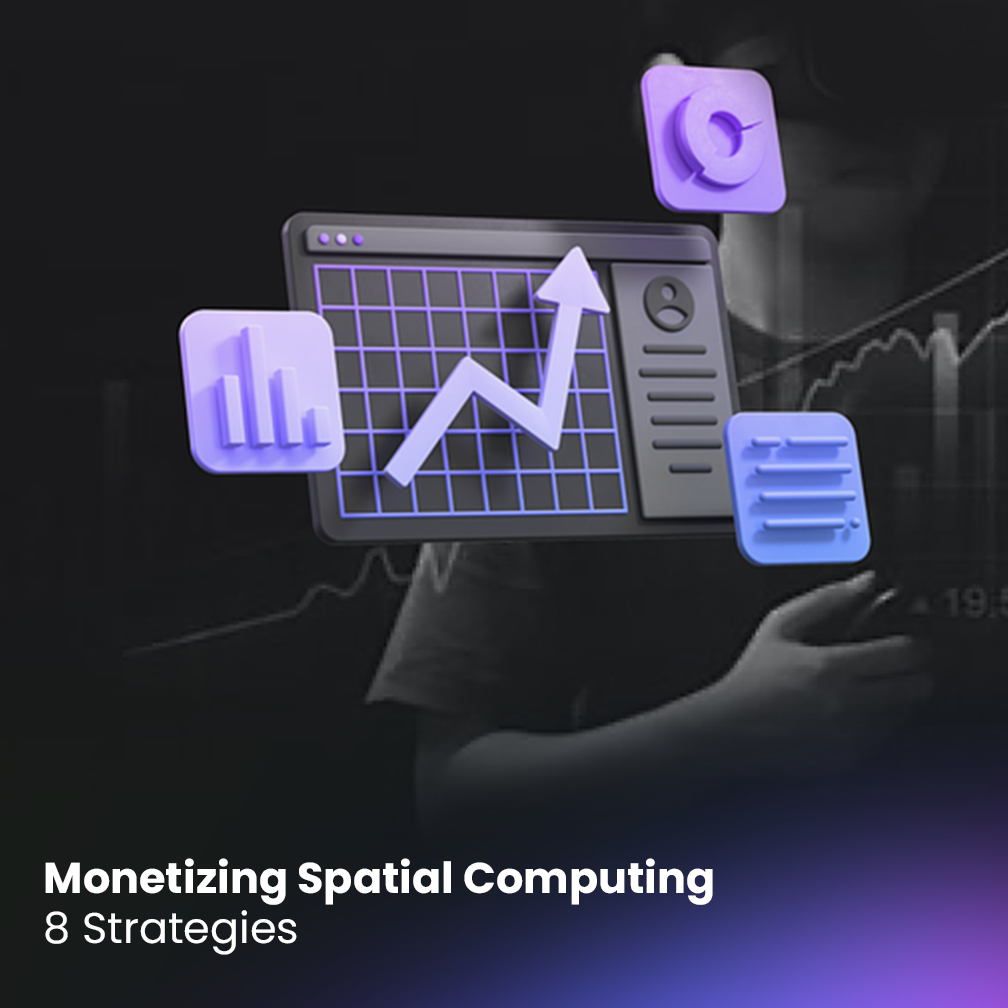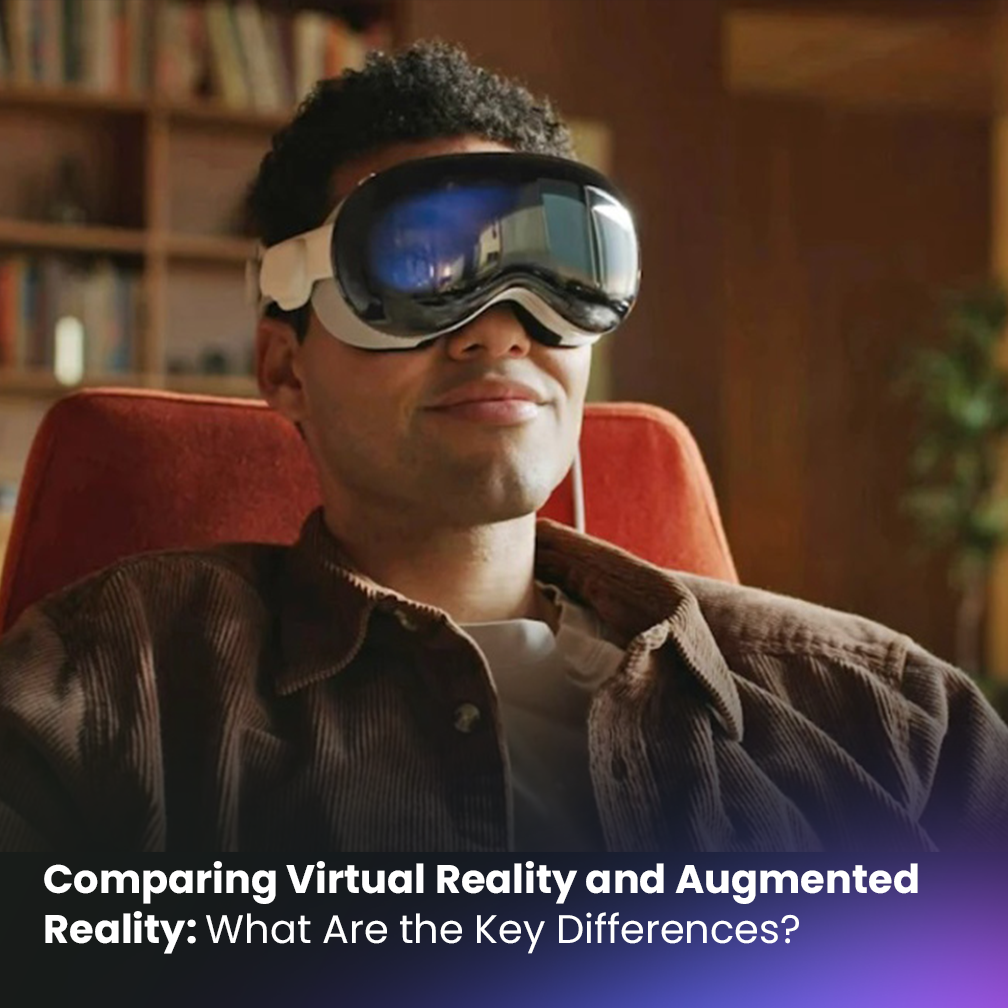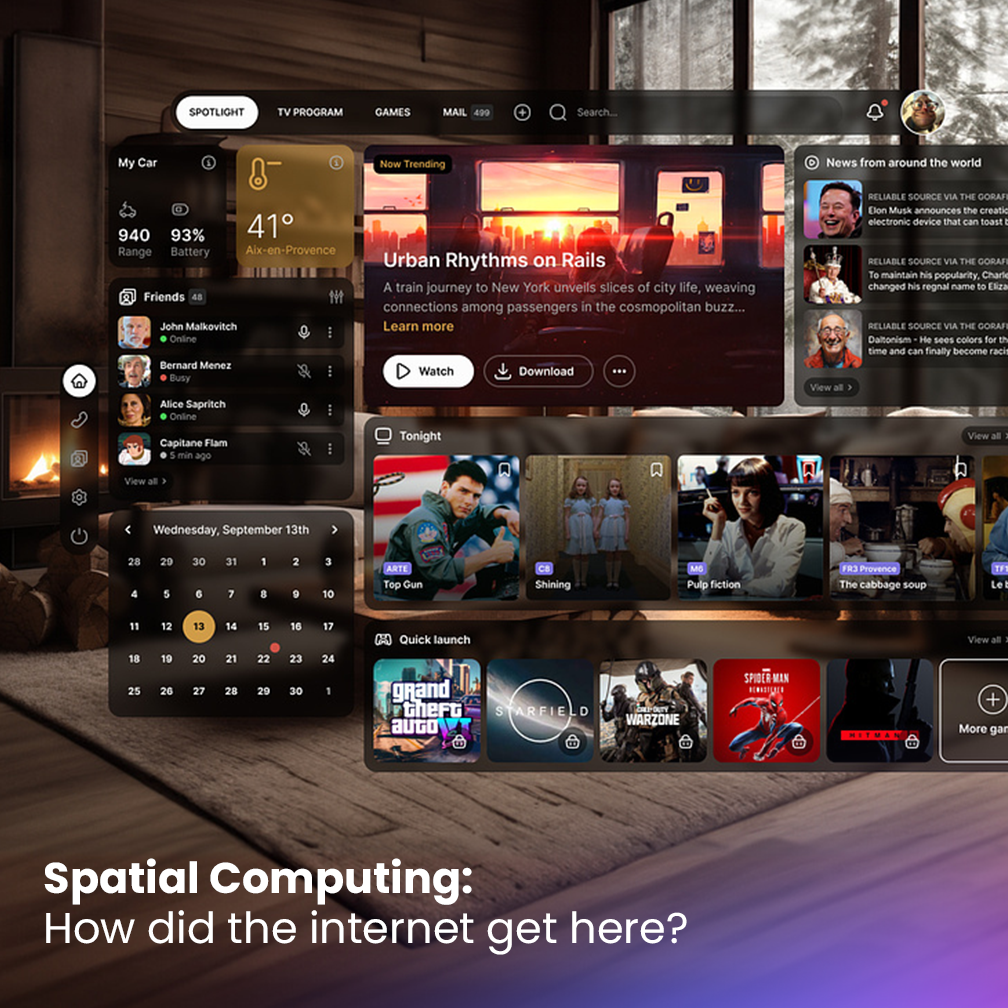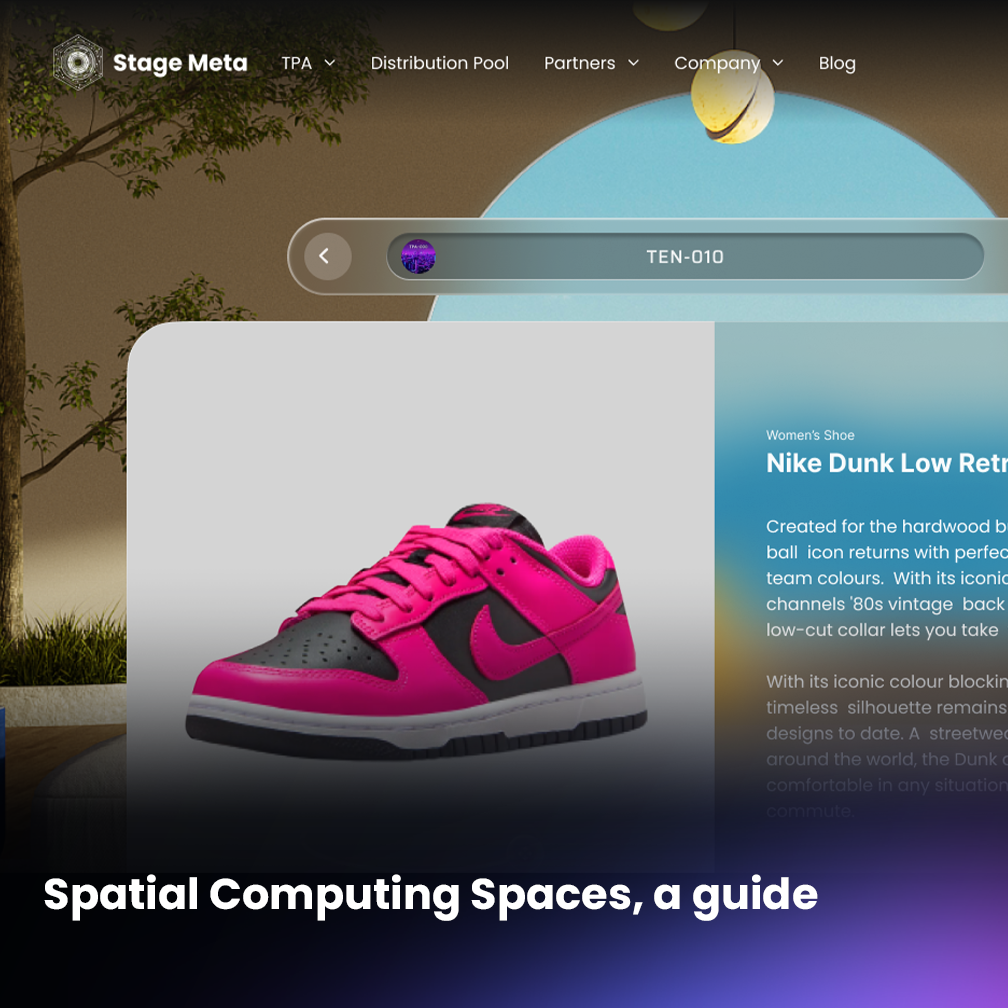Exploring the Creator Economy: How Technology Is Changing the Creative Landscape
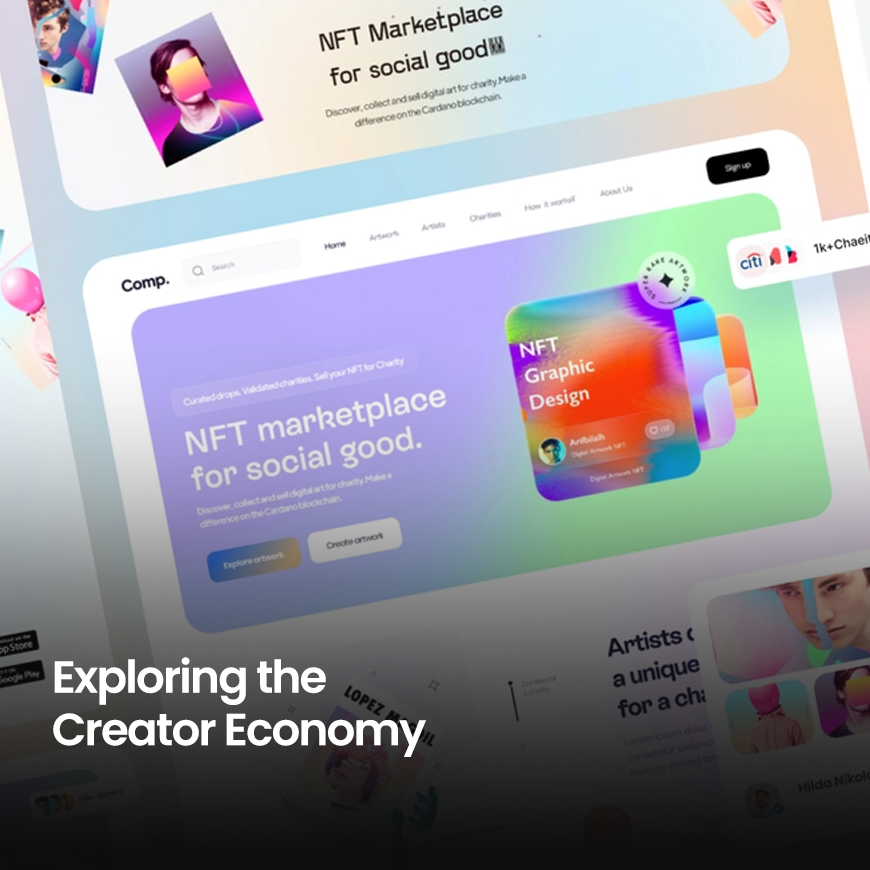
Estimated reading time: 3 minutes
Spatial computing is changing the way we think about creative output on the internet.
As technology advances, content creators are turning to services around the web to monetize their creativity. We call this new economy the Creator Economy – one where digital innovators use trends in technology to create, share and earn money from their work.
In this blog post, we’ll explore the effects of the creator economy on the landscape of digital media and content creation.
We’ll look at how creators are using technology to make a living, who is immersed in it, and what impact it’s having on creative output online. Let’s dive in!
Table of contents
What is the Creator Economy?
The Creator Economy is a growing trend in digital media and content creation. It refers to the way creators are using advances in technology to monetize their work.
This could be through platforms like YouTube, Patreon, or Kickstarter – all of which enable creators to earn money from their skills and talents.
With these tools, more people than ever before are able to make a living by doing what they love.
Creators are taking advantage of the ease with which content can now be shared and distributed online.
This means that anyone, anywhere can create content and share it with the world – potentially making money in the process.
The creator economy is also fostering an environment where creative innovation is encouraged and rewarded.
How Technology Has Changed Creative Output on the Internet
The ease with which content can now be shared and distributed has had a major impact on creative output.
Technology has enabled creators to reach larger audiences, engage with them in more meaningful ways, and monetize their work.
This has led to an explosion of creativity online – from virtual reality experiences to interactive video games.
Platforms like YouTube have opened up a new way for creators to make money, while crowdfunding sites like Patreon and Kickstarter have made it easier than ever before for creators to find the support they need to turn their ideas into reality.
The Impact of the Creator Economy on Digital Media
The Creator Economy has had a significant impact on digital media. It has enabled creators to monetize their work, engage larger audiences, and reach new heights of creativity.
Spatial computing has also opened opportunities for content creators that weren’t available before. With platforms like YouTube and Patreon, they can now make money from their skills and talents in ways that were previously impossible.
What’s more, spatial computing has enabled creators to explore new technologies and push the boundaries of what is possible.
From virtual reality experiences to interactive video games, technology has opened up exciting new possibilities for content creation.
How the Creator Economy is changing for Spatial Computing
Spatial computing is an ever-evolving world, and the creator economy is constantly changing with it.
As technology advances, so too do opportunities for content creators to monetize their work and reach new heights of creativity.
Spatial computing offers the opportunity of creating immersive content and to create as far as their imagination can reach, which will open the door to new and more exciting content from online creators.
Conclusion
Overall, spatial computing has ushered in a new era of creative output – one where content creators can monetize their work more easily than ever before.
Technology has enabled them to reach larger audiences, engage with them in more meaningful ways, and explore new possibilities for content creation. With spatial computing constantly evolving, it’s exciting to see what the future holds for the creator economy.
